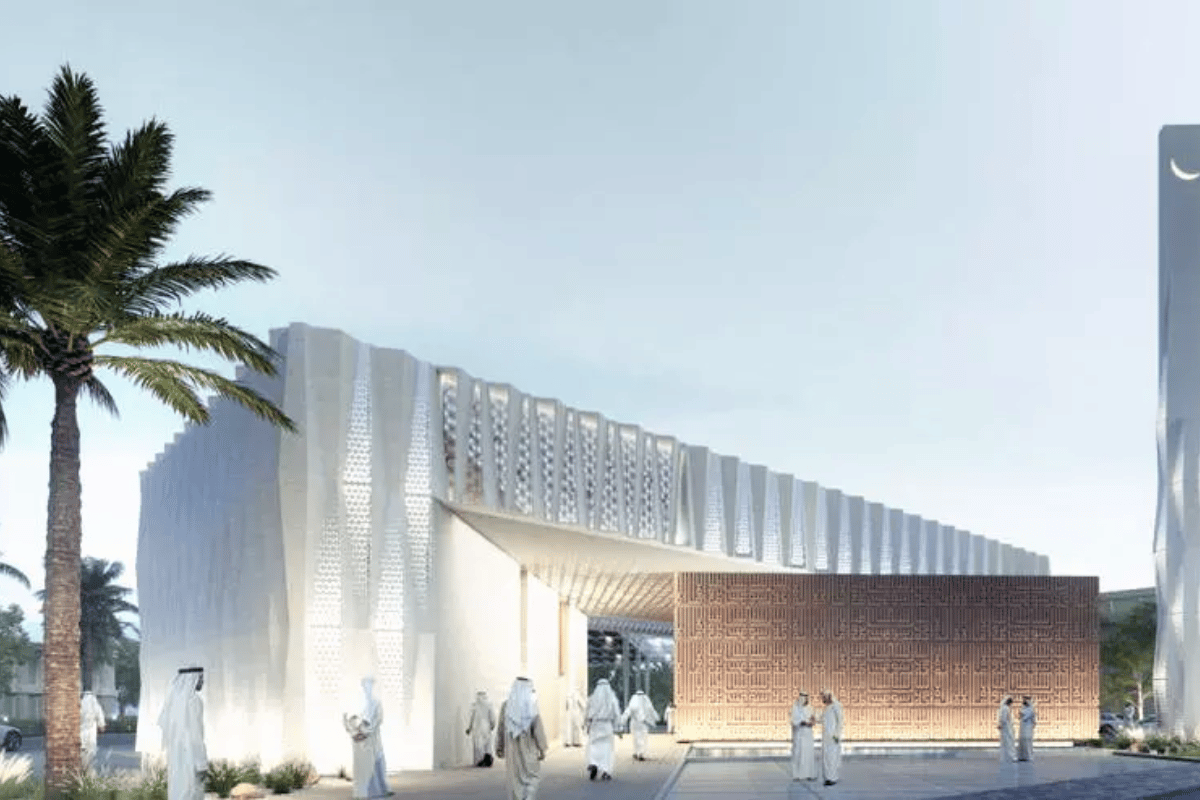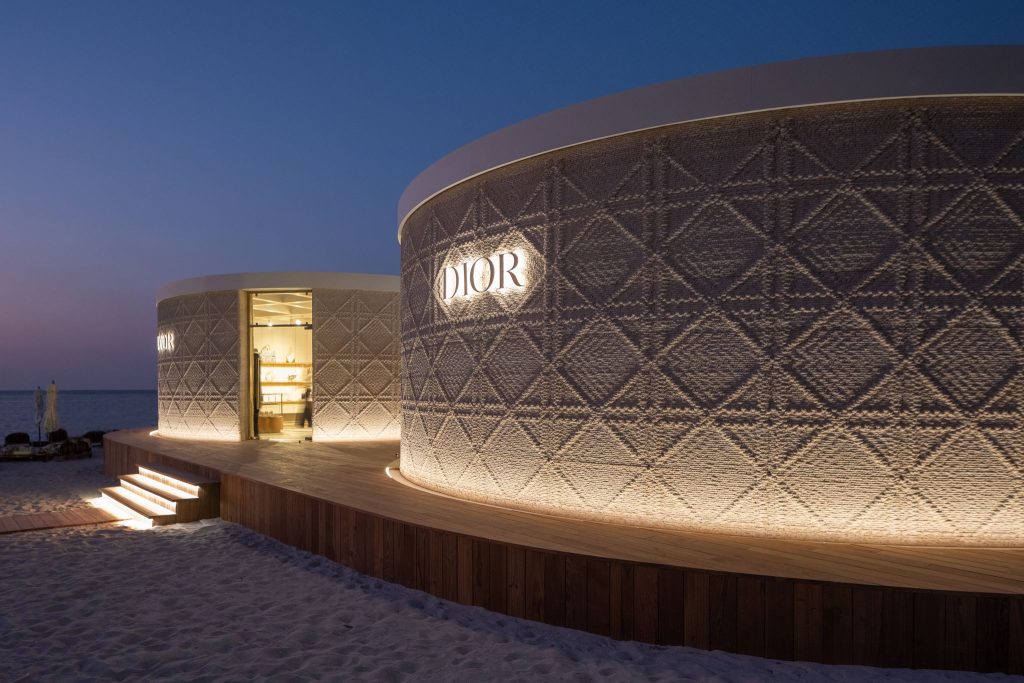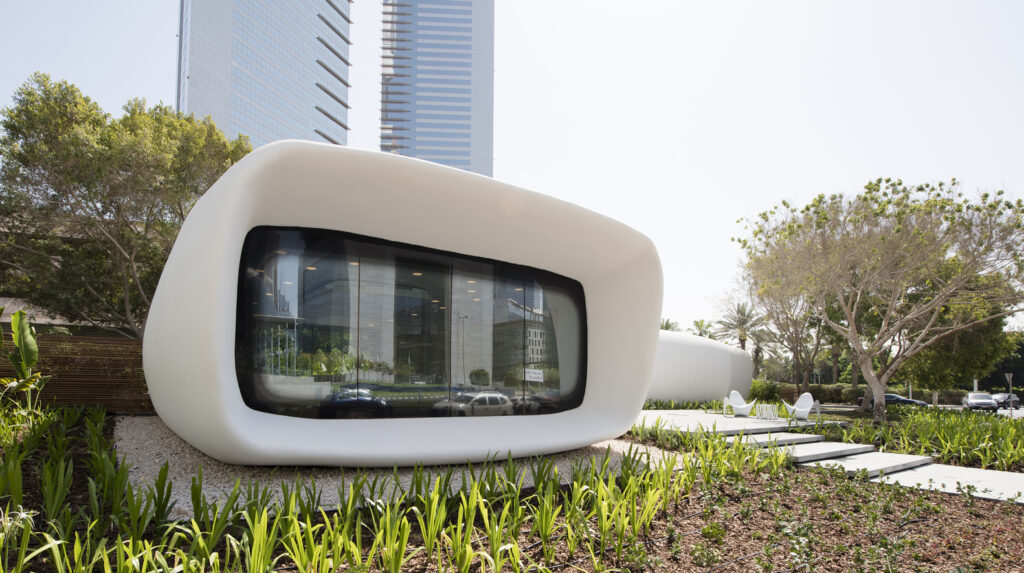A New Mosque in Dubai will be 3D-Printed

By: Jenny Lyu / Arab America Contributing Writer
Dubai’s Islamic Affairs and Charitable Activities Department (IACAD) revealed that Dubai would build the first 3D-printed mosque at Bur Dubai, one of the oldest neighborhoods in the Arab Emirates. This 2,000-square-metre mosque’s construction will begin in October and is expected to accommodate up to 600 worshippers. The mosque is set to open in 2025.
According to IACAD’S director Ali Al Suwaidi, three workers will operate the 3D robotic printer, which will print two square meters per hour. A combination of raw materials and carefully prepared concrete will be used to build this mosque. He added, “The cost of this building is 30% higher than the normal way because it is the first of its kind in the world.” But the 3D-building technology would reduce construction material waste and make it more sustainable.
The “Dubai 3D Printing Strategy” was introduced by Dubai’s ruler, His Highness Sheikh Mohammed bin Rashid Al Maktoum, in 2016. By 2030, this program intends to establish Dubai as a major technological center.
Such actions have inspired other innovators in the building industry to transport their cutting-edge technologies to Dubai and use them to construct experimental structures. With the 3D printing machine, the architecture has the potential freedom of unbounded creativity, and the dream of changing the construction industry just got real.
3D Printing Prive for Dubai
WASP, a well-known Italian 3D print company, has built a unique beach outlet for Dior from natural materials in the Four Seasons in Jumeirah Beach. Combining the local landforms of Dubai with the customs of the Middle East, two large circular modules were designed to show the fashion house’s most sought-after collections.
Those two coastal installations used Delta 3D printers to deposit a combination of clay, sand, and raw fibers into layers to form a stable natural living space. The outlet features recliners, parasols, cushions, and bottles decorated with Toile de Jouy in the Dior Maison collection. WASP initially developed this technology to solve the problem of building houses in poor areas of the world. But it also could be used in fashion now.

The Dubai Municipality office building
A 640-square-meter, 9.5-meter-tall, two-story, white, one-piece structure, the Dubai Municipality office building in the United Arab Emirates, is the world’s largest 3D-printed building. The project was designed and built by the US-based ApisCor, the first company in the construction and engineering industry to develop specialized equipment for 3D printing to complete the 3D printed wall structure in a two-story administrative building. The innovative 3D printer allows the structure to be built directly on-site without additional assembly work.
The building cost less than 1 million dirhams, compared to the estimated 2.5 million dirhams it would have cost to build using traditional methods. It also produces about 60 percent less construction waste than conventional construction. According to Herren Lombis, a research and development manager at Swiss building materials manufacturer LafargeHolcim, the 3D-printed building is low-cost and easy to replicate and could meet the demand for large-scale housing in the future.
3D Printed Office
In May 2016, Killa Design developed the world’s first fully functional and permanently usable 3D-printed Office in the Dubai International Financial Centre. All four corners are rounded, and the white walls are inlaid with huge windows. The outer wall is a hollow structure. This single-story building has a floor area of about 250 square meters, and its made of concrete. All the “parts” are about 6 meters high, 36 meters long, and 12 meters wide. A sizeable 3D printer took 17 days to print, and then the construction of only two days to complete the installation, costing about 140,000 U.S. dollars. The building is currently being used as a temporary office for the Dubai Future Foundation and an exhibition space and incubator for future emerging technologies in the region.

The offices are organized around a tree-lined coffee courtyard. The office space includes a communal lounge, gallery space for exhibitions, casual events, and symposiums, multi-use spaces for team members to brainstorm and design work, and private meeting rooms that provide a quiet office environment. A series of large window openings in the façade allow natural light to penetrate the office space while maintaining a visual connection with the outdoor environment. The building’s floor plan allows creative interaction, brainstorming, and occasional meetings.
Ben Piper, one of the partners at Killa Design, who designed the master plan and cladding system, said, “This revolutionary office design communicates a shift in the traditional work environment and paves the way for team innovation and communication efficiency. “The project is a pioneering building for the Museum of the Future, also designed by the firm Killa Design. It is part of the UAE’s “Dubai Future Agenda” strategy and will be the world’s leading incubator for innovation and future technologies.
The Future
In recent years, 3D printing technology has brought new experiences to people living in Dubai, and the city has become “smarter.” In addition to 3D-printed buildings, dresses, candy, uncrewed cars, wise palm trees, etc., have also been unveiled in Dubai. The Dubai Municipality plans to increase these projects by 25 percent by 2025.
The Arabian Business Journal website reports that 3D printing has tremendous potential in various sectors, from aerospace to industrial and consumer products, and is “a whole new tool to add to the toolbox.” By 2025, the global 3D printing market is expected to reach $120 billion. “According to an article on the Forbes website, the most significant advantage of 3D printing is that products can be customized, made in flexible production locations, and with faster production.
Check out Arab America’s blog here!









